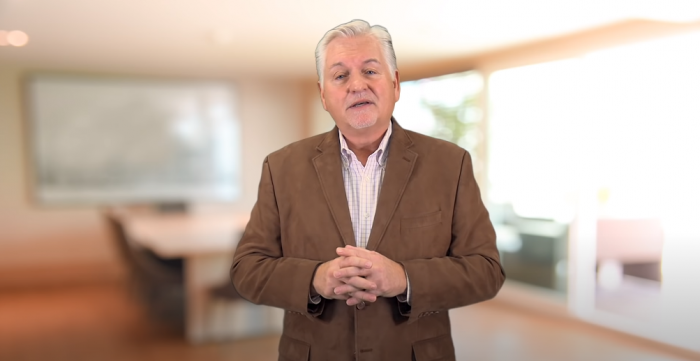
2020 may be coming to an end, but we’re still scrambling to maintain some semblance of normalcy as the pandemic rages on. In addition to derailing our lifestyle, the pandemic has also significantly impacted our mental health.
Over 40 percent of people show at least one mental health condition—commonly anxiety disorders, depressive disorder and trauma and stress-related disorder—ever since the pandemic began.
While it’s important to acknowledge mental health, one shouldn’t confuse it with the paradox of self-pity. Let’s take a look at what self-pity is, how it’s different from depression and a few steps to help individuals overcome it.
Some people just aren’t dealt a good hand in life. While it’s okay to feel bad when life isn’t going your way, victimizing yourself without taking any concrete steps to change your circumstances isn’t right.
Self-pity is a state of being where one refuses to do anything better because they feel as if their actions are futile. It’s paralyzing because it prevents you from taking responsibility and realizing potential solutions that can get you out of a rut.
Some may confuse self-pity with deteriorating mental health and depression because they evoke similar emotions, but it’s important to note that depression is far from feeling sorry for yourself.
Mental health disorders like depression mean dealing with an unchosen and unwarranted barrage of negative and self-destructive thoughts. This drowns an individual in emotions, rendering them incapable of healthy or positive thinking.
On the other hand, self-pity is indulgent and self-absorbed unhappiness about your troubles and is more of a choice. It’s a rejection of a fundamental truth of life that bad things happen to everyone.
One of the biggest differences between depression and self-pity is that the former becomes an excuse to not try, whereas, the latter is an inability to do so even if one wants to.
Self-pity is a repeated pattern of feeling sorry for yourself, and the only way to break away from it is to become self-aware and shift your perspective so that you can stop yourself from sliding into such patterns.
Take a proactive stance by setting goals for yourself. When you set realistic goals and achieve them, the motivation to strive harder becomes much more apparent and helps you regain control of your circumstances.
Facing your feelings and allowing yourself to experience emotions like grief, disappointment and loneliness is another way to overcome self-pity. Instead of distracting yourself from uncomfortable emotions by convincing yourself that you’ve suffered, try to sit with the discomfort and get through it.
Question your emotional state and perception of reality. When you feel sorry for yourself and are only focusing on the bad things happening in your life, make sure you’re not overlooking the good. Evaluating your perception allows you to recognize that your bleak outlook isn’t realistic and encourages you to create a more realistic perception of the situation, which may not be as negative as you think.
 If you’re looking for more ways to shift your perspective, get in touch with Hall of Fame speaker Steve Gilliland.
If you’re looking for more ways to shift your perspective, get in touch with Hall of Fame speaker Steve Gilliland.
The keynote motivational speaker talks about combatting negativity by changing your outlook on life in his state-of-the-art virtual presentation Hide Your Goat.
“While approximately 1,200 miles separated us, you were able to personally connect and captivate our entire audience. People are still raving about your message,” said Kyle Kottke from Buffalo Lake-Hector-Stewart Schools.
Check out his bestselling books and other virtual presentations.